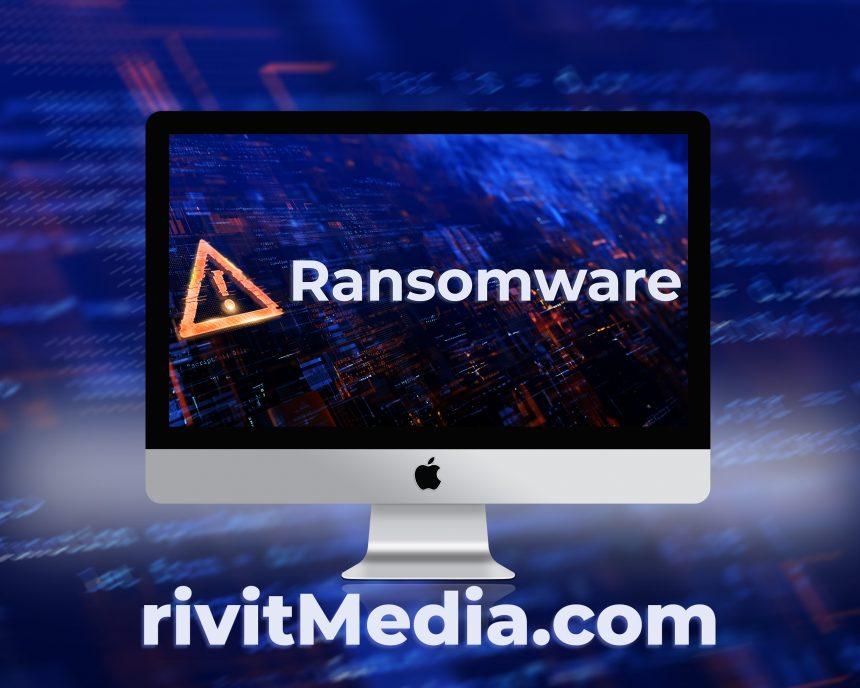EnigmaWave ransomware poses a significant threat to individuals and organizations alike, encrypting valuable files and demanding ransom for their release. First identified in [year], this malicious software has since evolved, causing widespread damage across the digital landscape. Understanding its actions, consequences, and effective removal methods is crucial for combating this cyber menace.
Overview of EnigmaWave Ransomware
EnigmaWave operates by infiltrating systems through various means, including phishing emails, malicious attachments, or exploiting software vulnerabilities. Once inside a system, it swiftly encrypts files, rendering them inaccessible to users. Victims are then presented with ransom notes demanding payment in exchange for decryption keys, often with threats of permanent data loss if demands are not met.
The consequences of an EnigmaWave attack can be devastating. Victims may lose access to critical files, including sensitive documents, financial records, and personal data. The ransom demanded by the attackers can be exorbitant, and there’s no guarantee that paying it will result in the restoration of files. Furthermore, falling victim to ransomware can damage an individual’s or organization’s reputation and lead to financial losses.
Detection Names and Similar Threats
EnigmaWave ransomware may also be detected under various names by different cybersecurity solutions, including but not limited to [detection names]. Similar threats include [list similar threats], each with its own methods of infiltration and encryption.
EnigmaWave Removal Guide
Removing EnigmaWave ransomware requires careful execution to ensure all traces of the malware are eradicated. Follow these steps:
- Disconnect from the Network: Immediately disconnect the infected device from any network connections to prevent the spread of the ransomware to other devices.
- Enter Safe Mode: Restart the infected device and enter Safe Mode to minimize the malware’s ability to operate.
- Identify Malicious Processes: Use Task Manager (Ctrl+Shift+Esc) to identify and terminate any suspicious processes associated with EnigmaWave ransomware.
- Delete Temporary Files: Clear temporary files and folders that may harbor remnants of the ransomware.
- Scan and Remove Malware: Utilize reputable antivirus or antimalware software to perform a thorough scan of the system and remove any detected instances of EnigmaWave ransomware.
- Restore from Backup: If available, restore encrypted files from a secure backup to regain access to your data.
- Update Security Measures: Update your operating system and security software to patch any vulnerabilities exploited by EnigmaWave ransomware.
Prevention Tips
Preventing future infections requires a proactive approach to cybersecurity. Consider the following best practices:
- Educate Users: Train individuals on how to recognize phishing attempts and avoid clicking on suspicious links or email attachments.
- Use Antivirus Software: Install reputable antivirus software and keep it up to date to detect and prevent ransomware infections.
- Enable Firewall Protection: Activate firewalls on all network devices to block unauthorized access and malicious traffic.
- Regular Backups: Regularly back up important files to an external hard drive or cloud storage to mitigate the impact of a ransomware attack.
- Update Software: Keep all software applications and operating systems updated with the latest security patches to address known vulnerabilities.
By implementing these prevention strategies and staying vigilant against emerging threats, individuals and organizations can reduce the risk of falling victim to EnigmaWave ransomware and similar cyber threats.





